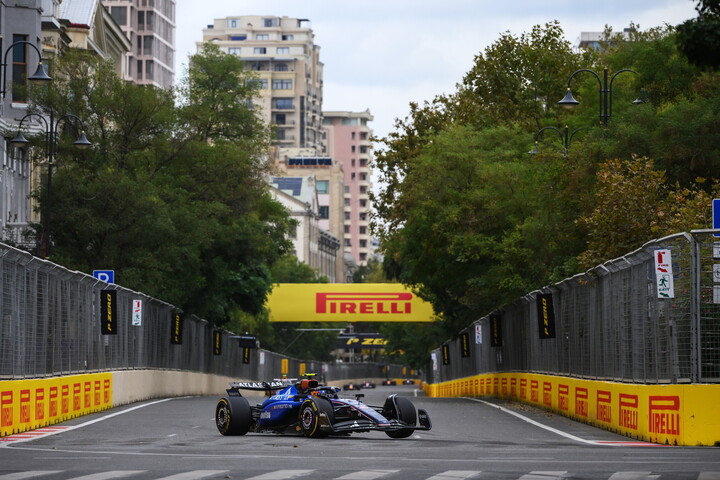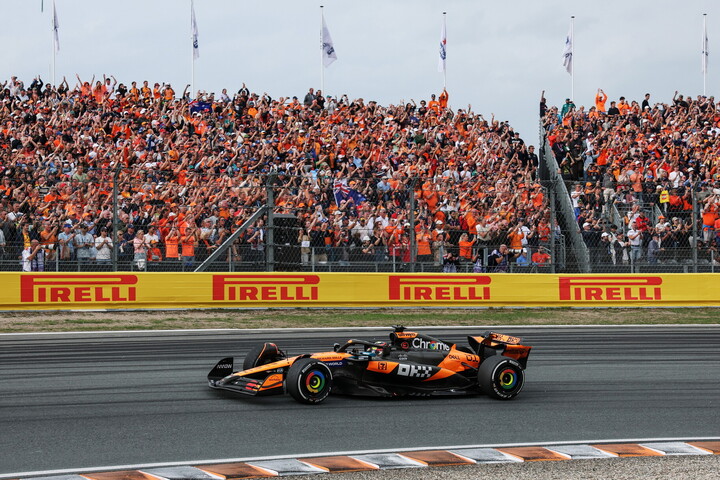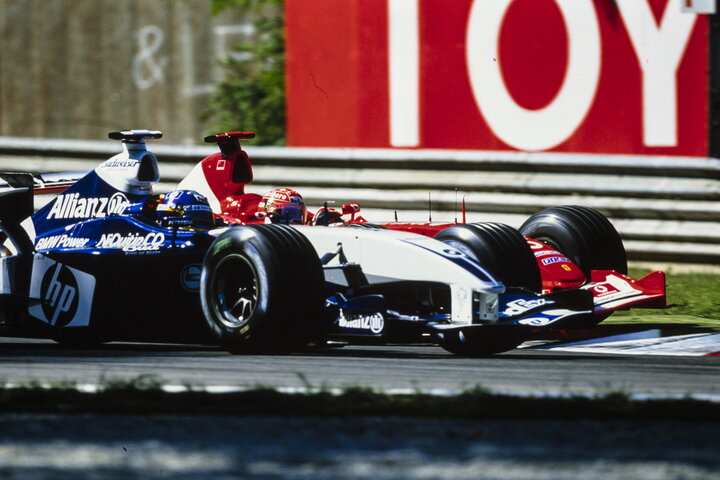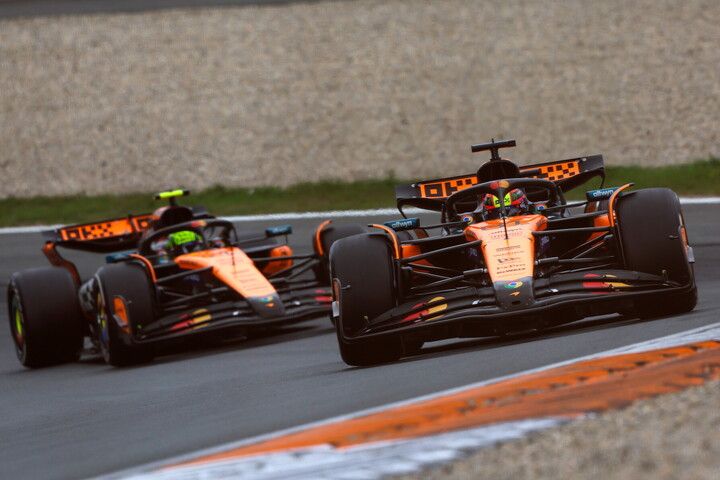F1, from many pit stops to none

Compared to modern-day F1, this period was a world apart. Both in terms of relative safety of the cars but above all the monstrous 1000-horsepower turbocharged engines, which carried the considerable risk of catching fire during races.
It was also a period of dominance. In the previous two years, the (Porsche-powered) McLaren TAG cars claimed two world championships in quick succession, courtesy of Niki Lauda and Alain Prost. They weren't always the quickest in qualifying, but on race day there was no stopping them. In truth, the races were frequently a bit of a procession.
So on to Mexico. In 1986, the circuit named after the country's celebrated Rodriguez brothers (Pedro and Riccardo), on the outskirts of Mexico City, reappeared after a makeover: ready to host its first Grand Prix since 1970. It was to be the penultimate race of the 16-round season.
After two years of McLaren supremacy, 1986 witnessed a different dynamic, as the Williams-Honda was unquestionably the strongest car on track.
Off the track, it was a different story. The team had been rocked by the dreadful road accident which left team founder and principal Frank Williams paralysed and away from the pit wall. A bitter internal conflict between Nigel Mansell and Nelson Piquet (then a double world champion, who had been poached from Brabham) threatened to derail the team's title aspirations. Piquet had joined Williams as a contractual number one driver, a constant source of tension.
The manufacturers' title was guaranteed, but the intense fight for the driver's title was much more unpredictable. Mansell and Piquet were soon joined in the title race by the McLaren of defending champion Prost and the Lotus of Ayrton Senna; both hungry for more success. But on that bright Sunday afternoon in Mexico, nobody really paid any attention to Gerhard Berger, who had qualified fourth in the multicoloured Benetton. Which was a big mistake.

On the abrasive and inconsistent asphalt of that 4.4-kilometre circuit, in warm summer conditions, all attention turned to tyre wear and preservation. Pirelli's engineer at the time, Gianni Turchetti, was asked on the grid how many pit stops he thought would be required during the race, to which he replied simply: “several…”. And that was indeed the case – for the Goodyear-shod runners, at least.
Senna started from pole alongside the Williams of Piquet, Before long, almost all of the leading cars began making a series of pit stops. Berger however – using Pirelli – drove a methodical race and soldiered on; perhaps without being overly fast. But he kept going. And going. In fact, he didn't have to make a single pit stop en route to his and Benetton's first victory. Both the driver and the team would go on to achieve plenty more success over the years to come.
It's fair to say that nobody saw Berger's win coming: not even the bookmakers, who were offering generous odds. The whole episode was almost surreal, as ephemeral as the plastic bags and other rubbish that danced in the wind around the track, thrown from the grandstands.
As for Berger, he stood on the podium incredulously, not quite believing the magnitude of the moment. Prost, who finished second in front of Senna and the two Williams drivers, understood that this unexpected result gave him a chance of securing a seemingly impossible second successive title at the final round of the year in Australia, 14 days later. So it proved. That race had an even more dramatic conclusion, as Mansell retired when a tyre exploded, denying him a championship that was so nearly his.
But the afternoon in Mexico City a fortnight earlier was all about Pirelli, Benetton and Gerhard Berger. Also BMW, which took its last victory as an engine supplier before coming back in a factory capacity many years later.
The young Austrian could never have imagined that, thousands of kilometres away, Enzo Ferrari had witnessed this incredible feat corner by corner on live television, erasing the distance between them. And on that very day, he decided that he was ready and willing to sign Berger for the following year. A few months later, Berger arrived at Maranello…




